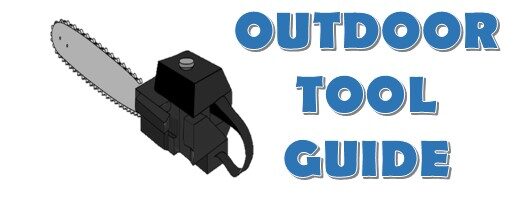As an Amazon Associate, this site earns commissions from qualifying purchases. For more information click here.
Oil stains on concrete driveways, garages, and sidewalks can be unsightly and challenging to remove. Whether it’s from a vehicle leak or an accidental spill, oil can penetrate the porous surface of concrete, making it difficult to clean. One common question homeowners and property owners ask is: Will a pressure washer remove oil from concrete? The answer is yes, but with some important considerations.
How Effective is a Pressure Washer?
Pressure washers can be highly effective in removing surface-level oil stains. The high-pressure water spray helps dislodge oil residue from the surface, but it may not always be enough to remove deep-set stains that have penetrated the concrete. The effectiveness of a pressure washer depends on several factors, including:
- The strength of the pressure washer: Higher PSI (pounds per square inch) models (3,000+ PSI) are more effective at removing oil stains than lower PSI models.
- The use of detergents and degreasers: Water alone may not fully remove oil stains. Using a specialized degreaser or detergent helps break down the oil, making it easier for the pressure washer to remove the stain.
- The type of nozzle: A rotating or turbo nozzle can provide additional scrubbing power to help lift oil stains more effectively.
- The age of the stain: Fresh oil stains are easier to remove than stains that have been sitting for months or years.
Steps to Remove Oil Stains with a Pressure Washer
To maximize success when using a pressure washer to remove oil from concrete, follow these steps:
- Absorb Excess Oil: If the spill is recent, use an absorbent material like cat litter, baking soda, or sawdust to soak up as much oil as possible. Let it sit for at least 30 minutes before sweeping it away.
- Apply a Degreaser: Spray or scrub a high-quality degreaser or oil-removal detergent onto the stain and let it sit for 10–15 minutes to break down the oil.
- Scrub the Area: Use a stiff-bristled brush to agitate the cleaner and help loosen the oil from the concrete surface.
- Pressure Wash the Surface: Use a pressure washer with a high PSI setting and an appropriate nozzle to spray the stained area. Move the spray in a back-and-forth motion to ensure even cleaning.
- Rinse and Inspect: After pressure washing, rinse the area thoroughly and check for remaining stains. Repeat the process if necessary.
- Apply a Concrete Sealer (Optional): To prevent future oil stains from penetrating, consider applying a concrete sealer to create a protective barrier.
Alternative Methods for Tough Oil Stains
If pressure washing alone doesn’t completely remove the stain, consider these additional methods:
- Poultice Method: Create a paste using baking soda and water, apply it to the stain, and let it sit for several hours before rinsing.
- Commercial Oil Stain Removers: Some products are specifically designed to break down oil in concrete.
- Hot Water Pressure Washing: Using hot water instead of cold can improve oil removal by breaking down grease more effectively.
Conclusion
A pressure washer can be an effective tool for removing oil stains from concrete, especially when combined with degreasers and proper cleaning techniques. However, deep-set stains may require additional treatments. Regular maintenance and sealing your concrete surface can help prevent future stains and keep your property looking clean and well-maintained.

I love the outdoors and all the tools for maintaining gardens, yards and lawns. The only thing I am more passionate about is sharing what I know about garden and outdoor equipment.


